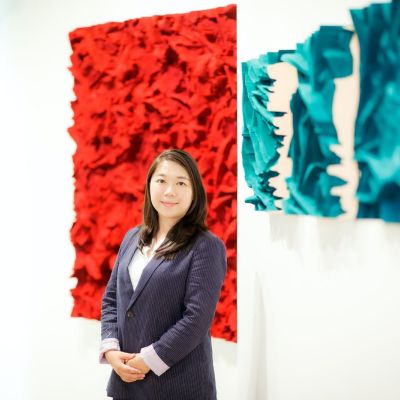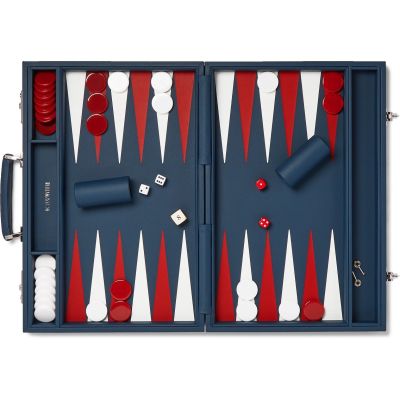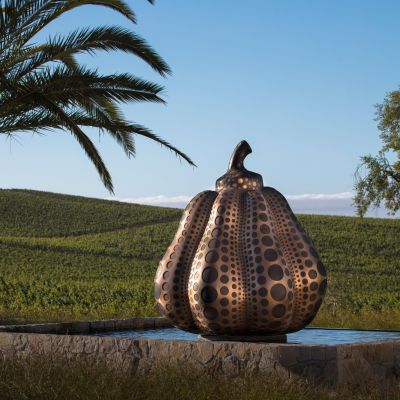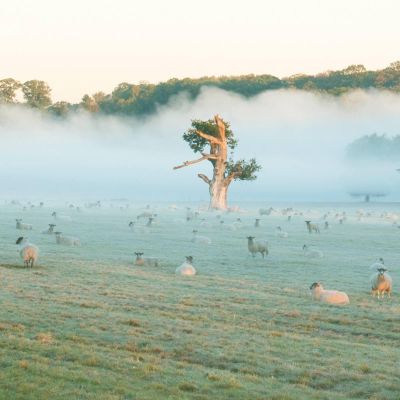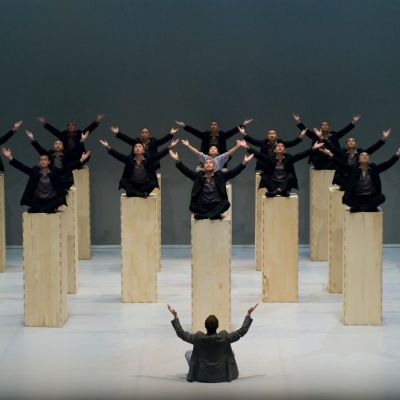The Beauty of Mid-Century Modern Design
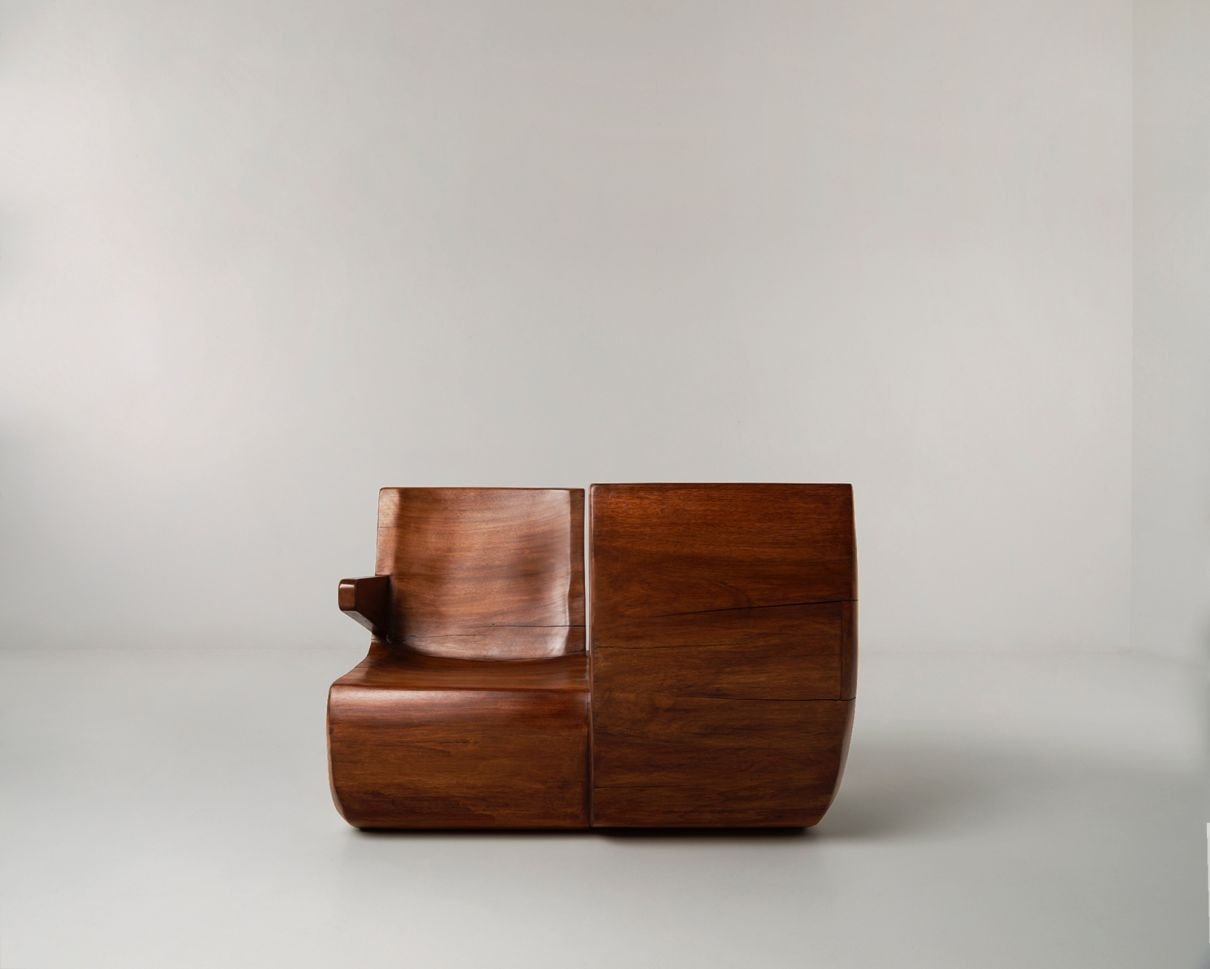
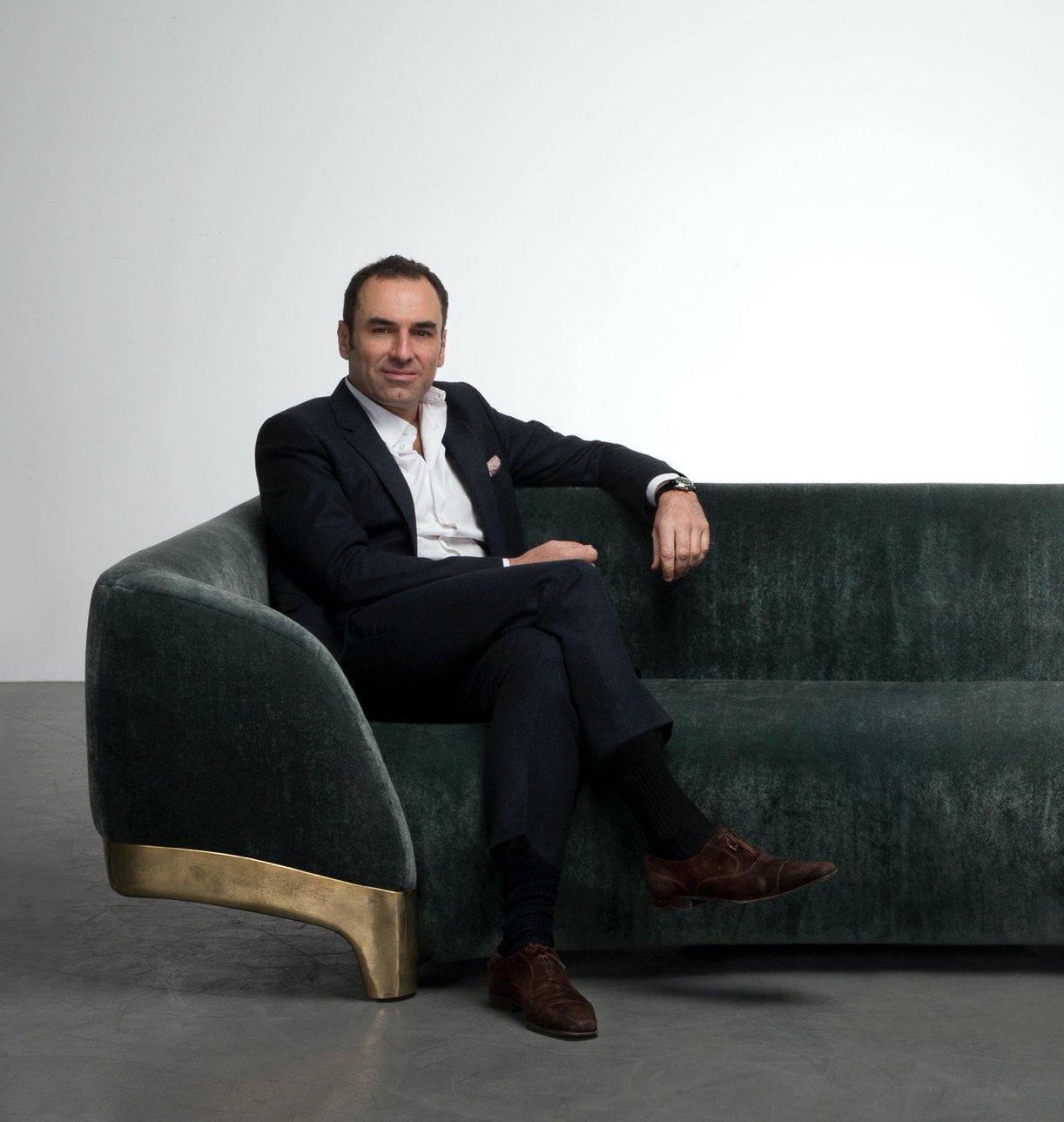
Loïc Le Gallard co-founded Carpenters Gallery with his friend Julien Lombrail in 2006. They first opened a space dedicated to collectible design and functional art in London’s Chelsea in a former carpenter’s workshop; they now run galleries in London, Paris and New York.
In 2015, the gallery opened The Workshop in Roissy, a unique 8,000 square meters space dedicated to artistic research bringing together the elite of artisans. After running their London gallery in Mayfair for 15-plus years, they are now moving into a new flagship space in the renovated Ladbroke Hall, what was once the UK's first ever purpose built car factory, for Sunbeam Talbot, built in 1903.
The new space in West London, set to open in Spring 2023, will feature a restaurant designed by Vincenzo De Cotiis, including commissions by RA, Christopher Le Brun, as well as a subterranean gallery space by architect Nicolas Schuybroek. The inaugural exhibitions will be solo shows dedicated to the furniture of Sir David Adjaye MBE and José Zanine Caldas.
Here, Le Gallard describes his favourite era for design, Postwar Modern.
"After World War II, the mood was one of change, which reflected particularly in design. The public as a whole looked to warmer and softer furniture, organic forms, warmer products like timber and upholstered chairs. They wanted to be cared for by their furniture, feel comfortable and most of all have some luxury that had long be missing.
Take for example, The Namoradeira Bench by José Zanine Caldas, carved from a single piece of wood, forming a composed two-seat bench. A sculptural bench presents a unique structure that enables seaters to stay face to face. Its composition has a reference to Le confident – a double vis-à-vis armchair in the S shape that was designed in France in the second part of the XIX century. The bench reflects the dynamism of the wood and presents Caldas’s use of raw wooden materials in such a way as to preserve organic textures and make each piece of the collection unique. Caldas preserved the soft natural shape expressing his connection with nature.
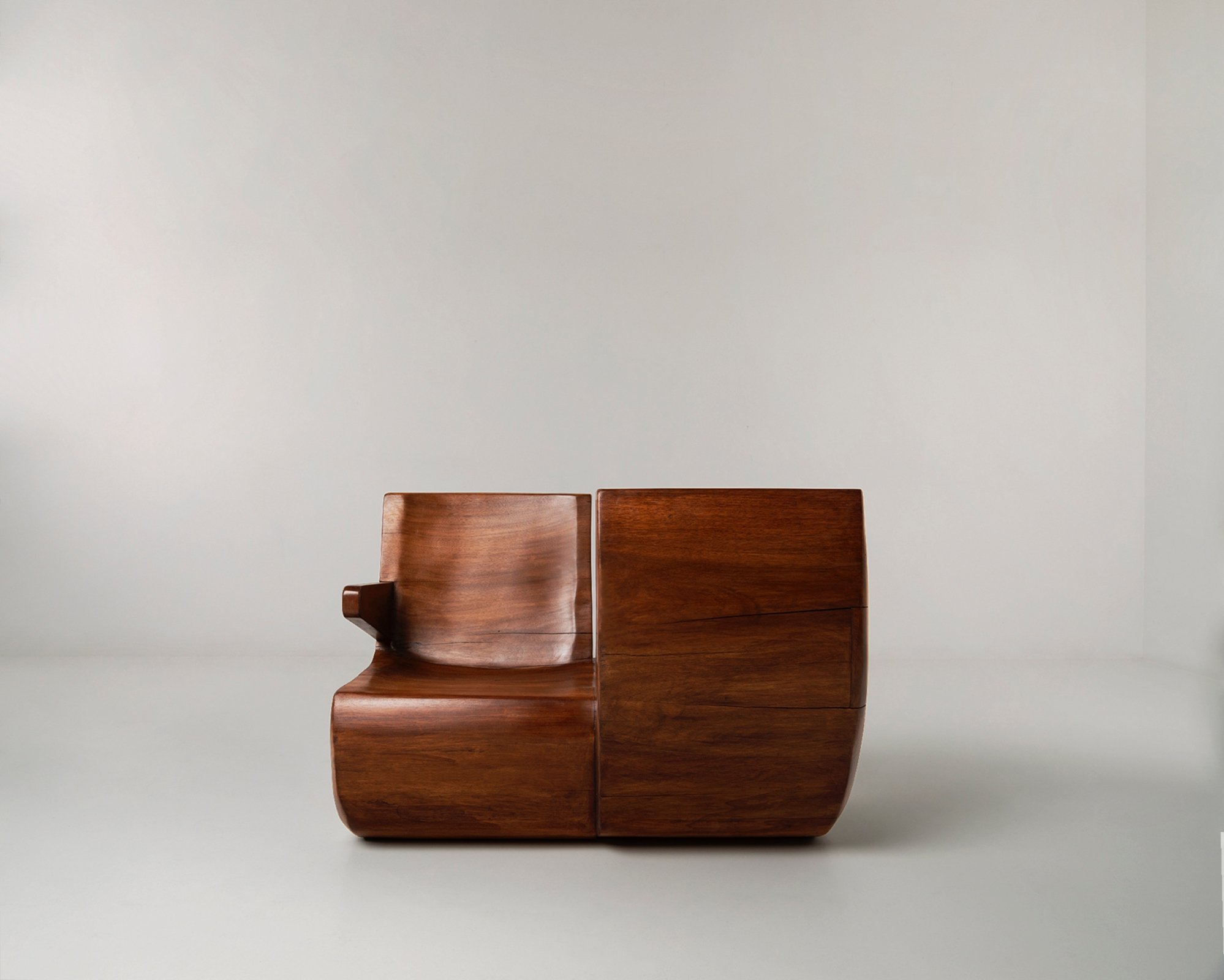
Post-war homes were smaller so furniture needed to be more compact and practical, and more straightforward to produce in order to keep up with the demands of a rising population – all of which fitted perfectly with the simplicity of the mid-century modernist movement coming out from California.
The fact that modernism was a rejection of the past also made it an ideal aesthetic for a time of new beginnings. The 1950s were a decade of reconstruction but also of celebration, and when it came to interior design, this era was when the template was laid for how modern homes look today.
Designers like the Eameses, Gio Ponti, Harry Bertoia, Arne Jaconsen and Eero Saarinen led the way in the modernist organic style embracing the new technology that had been advanced during the war to try and make enough quality furniture for the high demand required by the public.
The decade was a color-happy time overall. French artist Henri Matisse was making vibrant collages from cut-outs of painted paper. Color-field abstract artists like Clyfford Still and Mark Rothko were covering swaths of canvas in saturated hues.
The mid-century movement saw modernist design become a significant part of everyday life. As a leader of the Modern Movement, Van Der Rohe was a celebrated designer and architect.
Isamu Noguchi’s free-form aesthetic informed his furniture, artwork and paper-and-metal lamp designs. A sculptor by trade, Noguchi sought to fuse sculpture and furniture, resulting in an organic style all his own. Jean Prouvé used new materials, like aluminum and plastic, and made an important connection between production and function.
This era feels very familiar to me, I feel that I was very much there, it’s probably where my passion came from collecting design and now working with artists at Carpenters Workshop Gallery who create contemporary collectible design.
The 1950’s have to be celebrated as these wonderful artists were pioneers and made a name for what is design today."
For more information, contact



